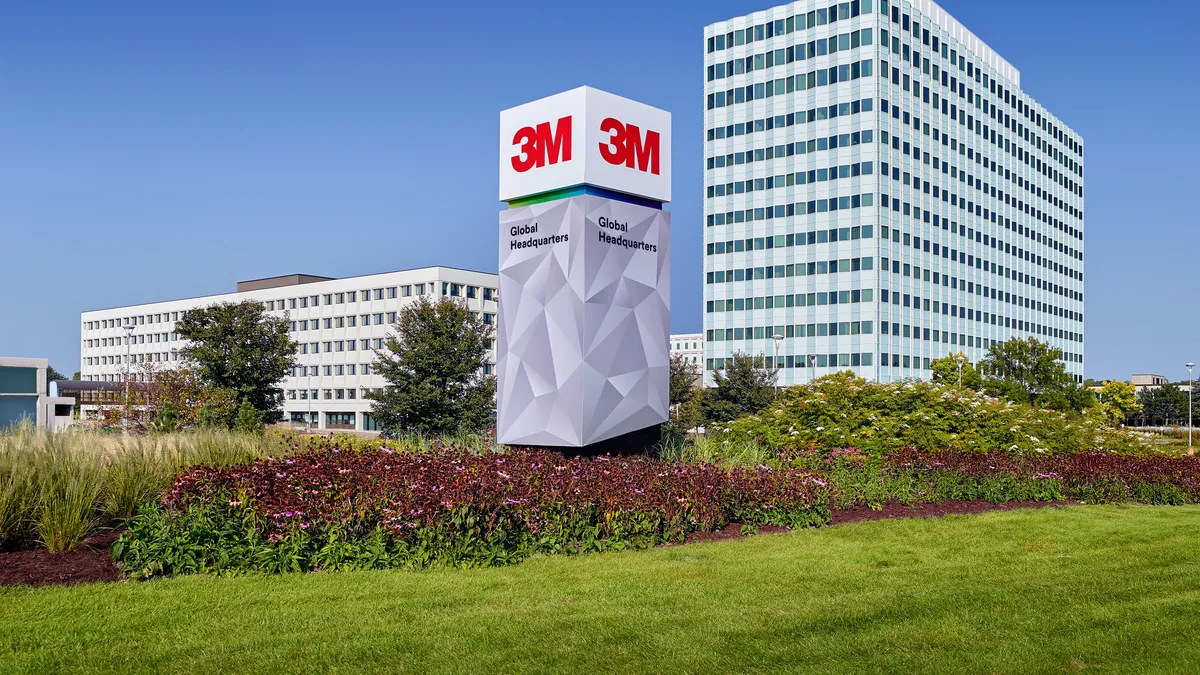Dive Brief:
- 3M completed a spinoff of its healthcare business, Solventum, on Monday. The company started trading on the New York Stock Exchange under the ticker SOLV and was quoted at $67.96 a share at midday.
- The new company will sell 3M’s medical devices, including its stethoscopes, IV port protectors and negative pressure wound therapy devices. It also houses 3M’s dental, health IT and filtration products.
- Solventum CEO Bryan Hanson told investors in March the spinoff will be one of the top three in medical device history, citing its global scale and more than $8 billion in revenue last year.
Dive Insight:
Solventum told investors last month that the standalone company expects organic revenue in a range of from minus 2% to 0% in 2024, and a free cash flow of from $700 million to $800 million. The four business units that make up the company — MedSurg, dental solution, health information systems and purification & filtration — generated total sales of $8.2 billion in 2023.
MedSurg is Solventum’s largest unit, at $4.6 billion in revenue last year. Negative pressure wound therapy is a large product for the business, but a slow-growing one. Hanson sees an opportunity to expand use of the devices, estimating that only 10% who should be using the technology are getting it.
The company’s advanced wound dressings, which include its Tegaderm product, are a faster-growing segment for the company, but Hanson saw some gaps in its portfolio.
Hanson told investors that Solventum has several strong brands, but it is not currently performing at market. The reasons for that were because as a subsidiary, it had to compete for resources with other businesses, and it focused more on industrial metrics than the metrics a medtech company would, focusing more on margin than innovation, Hanson said.
The new company will face challenges at the beginning, including debt from the spinoff and working through sole-supply arrangements with 3M.
Hanson said going forward, the company will be disciplined with where it is spending time and resources on its sub-markets, and then create growth drivers within those categories.
“It’s going to take time. This is not months, it’s years,” Hanson said. “But there’s a clear pathway. The risk associated with this is low because we’re in attractive markets.











